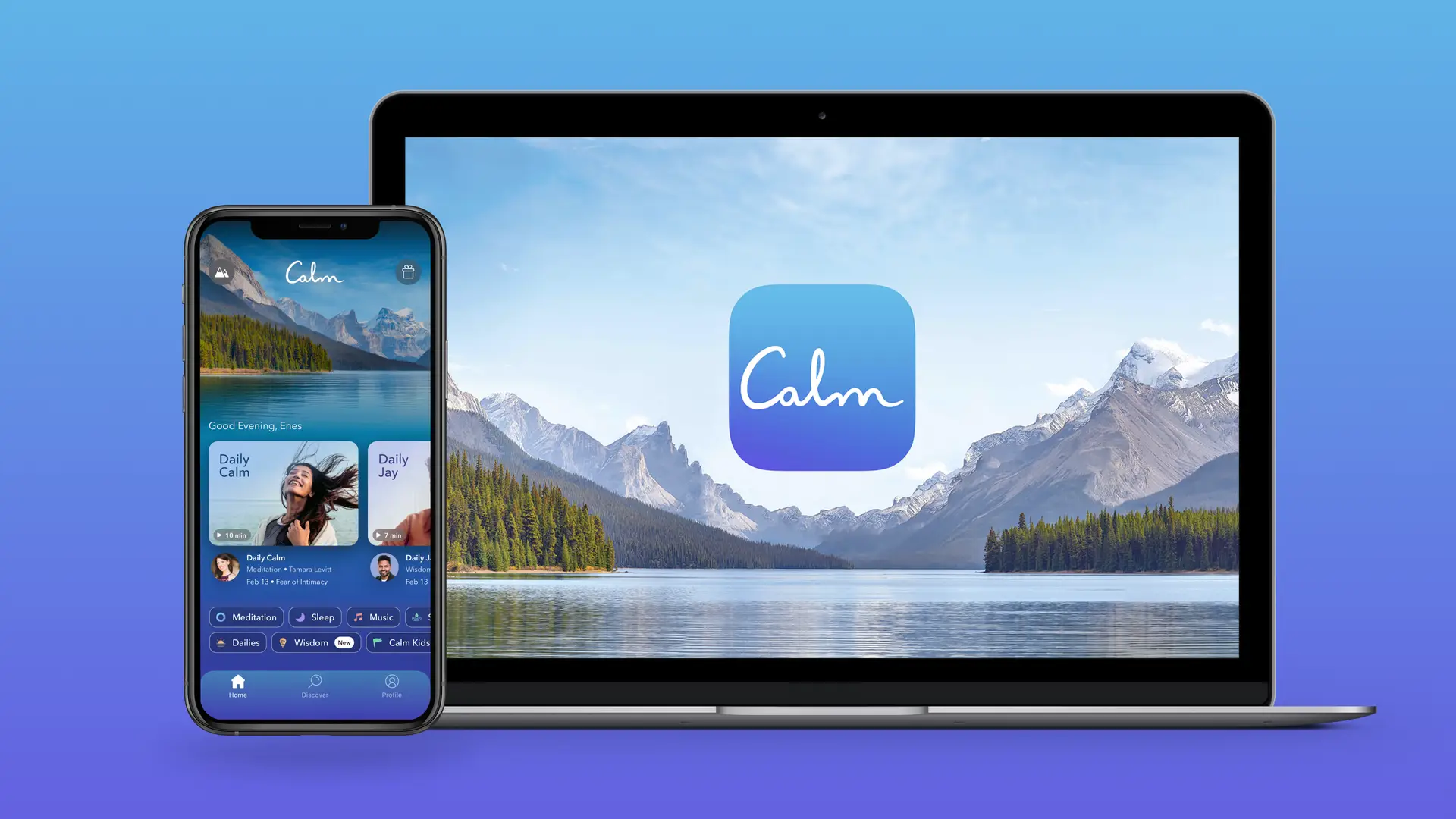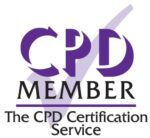Do you ever really stop and think about the reason behind your online purchases, or the psychology behind them? A great marketing funnel is usually at the heart of your purchasing decisions – gasp alert.
I appreciate a person in their right frame of mind may not be as thorough at analysing the user journey that took them from opening Instagram all the way to building ten different pairs of white sneakers.
Yet, not everyone is a marketer like me, right?
I like to say marketers have the blessing and curse of being able to analyse behaviours and strategies other brands use to lure customers in. Call it my very own Spider-sense, if you may.
Let’s take as an example my journey to joining a Medium course.
- I joined the Medium platform in 2019, and I needed help to grow my presence on Medium.
- I stumbled up a FREE email course to learn more about Medium in an author’s bio. Every day for the following 5 days, I received an email and implemented the help given to me, until, on day 5, I was offered to join a FREE webinar about making money on Medium.
- Straight after the webinar, I received a follow-up offer to join a paid course on Medium. Try and guess what happened.
If you guessed I joined the course, then you are damn right. I was provided with an insane amount of free value upfront, and that compelled me to go after more tailored support.
What I went through was a marketing funnel.
What is a marketing funnel?
The purchase funnel, or purchasing funnel, is a consumer-focused marketing model that illustrates the theoretical customer journey toward the purchase of a good or service.
WikipediA
There are plenty of definitions and variations of funnels, but most marketing funnels originate from purchase funnels.
Most times you may see a funnel visually represented as, well, a funnel. You can view it as a system that helps you track the stages of decision-making a customer goes through when making a purchase.
The steps I personally include in a funnel are the following:
- Awareness – customers understand they need the product
- Consideration – Can this product support my needs?
- Purchase – customers buy the product.
- Loyalty – Next time I will buy from same brand
- Advocacy – I’m an active fan of the brand online
You can almost see this as three stages
- Use marketing to create a demand
- Responding to the demands you providing a solution
- Encourage customers to build new demands
Consumers will need an average of 6/7 interactions before taking action and purchasing from your brand, this is why it’s important to build a funnel.
Regardless of your brand or products, you want to build a custom-made consumer journey with your brand using a variety of media, according to your own goals, consumers’ individual needs, stage in the funnel and the story you want to tell.
Get clear on your marketing funnel goals
Every marketing funnel should have a declared purpose. Most goals revolve around brand awareness (aka spreading the word about your brand and being on top of people’s minds) or sales (increasing revenue for your brand).
.What do you hope to achieve with your marketing funnel, and how do your funnel goals align with these objectives?
Take some time to assess your business needs and identify the key performance indicators (KPIs) that are most important to you – check out our shop to access premium tracking and funnel templates!
How to set goals for different marketing funnel stages
- Create SMART goals: For each stage of the funnel, identify the specific goals that you want your customers to achieve. These goals should be measurable and aligned with your overall business objectives.
- Create actionable steps: Once you’ve defined your goals for each stage, create actionable steps that will help you achieve those goals. This might include creating targeted ads, offering special promotions or discounts, or creating personalised content.
- Assign metrics to track progress: In order to measure the success of your marketing funnel, you’ll need to assign metrics to track progress at each stage. For example, in the awareness stage, you might track metrics such as website traffic, email sign-ups or social media follows.
- Track and assess progress: Finally, track and assess progress regularly to see if you’re on track to achieving your goals. Make adjustments as necessary to ensure that your marketing funnel is as effective as possible.
Remember that setting clear goals for each stage of your marketing funnel can help you create a more effective marketing plan and allow you to test and adapt quickly!
Create the right segments for each funnel stage
Most brands have a clear idea of who their ideal customers are, and they should have a clear profile in their minds ahead of launching a product. However, it’s not always the case.
This is why it’s important to get clear on your overall audience and, straight after that, refine the different segments you’ll be targeting.
The key is to deliver the right message to the right audience at the right time with confidence! So, let’s sprinkle some magic and create the perfect marketing funnel.
- For example, in the awareness stage, you want to target a broad audience with a message that grabs their attention and generates interest.
- In the consideration stage, your focus should shift to building trust and providing valuable information to help educate your potential customers.
- And in the decision stage, you want to focus on converting those leads into paying customers.
Understanding that each segment will be attracted by a different aspect of your product is key when crafting your message.
How to choose your channels
Facebook is for emotion. Google is for intent.
Scott GallOway, Clinical professor of marketing, NYU Stern School
As a marketer, I must understand in which stage my customers are in, so I can target them with the right message and media. Why?
Well, there’s a big difference between scrolling on Instagram and buying a pair of second-hand sneakers. You will talk differently on Instagram and on your website checkout page.
Here are some ideas of which mediums to use for each stage:
- Use marketing to create a demand: The first stage is all about creating a buzz around your brand to generate interest in your product or service. You can use social media, SEO strategies or even display ads to create awareness among your audience.
- Responding to the demands you providing a solution: In the second stage, the focus moves towards providing your audience with a solution to their needs. This involves building customer trust and providing valuable information through mediums like email marketing, educational blogs, videos, webinars, and podcasts.
- Encourage customers to build new demands: The final stage is all about building upon the initial demand by creating a loyal customer base. You can use mediums like customer testimonials, referral programs or retargeting ads to develop a strong relationship with your customers and keep them coming back for more.
Creating the ideal journey through different media will help you make sure you create the right content for each and every platform you use.
The story you are building with your marketing funnel
Your marketing funnel is not just a series of random calls to action. Your marketing funnel should lead people through a story.
Each stage of the funnel can help to build this story. Stages like loyalty can work effectively as standalone, but what if you can merge it with advocacy?
Seth Godin once said
“People do not buy goods and services. They buy relationships, stories, and magic.”
Your messaging for the funnel should help doing just that. Build relationships.
- Know your audience: Your messaging should be tailored to your target audience. Understanding their needs, pain points, wants, and desires is key to crafting a story that resonates with them. The more you know about your audience, the better you can create messaging that speaks to them.
- Make it consistent: Your messaging should be consistent across all stages of your funnel. From the awareness stage to the decision stage, each piece of messaging should tie in with the overall brand message and story. This helps to build trust with your potential customers and establish your brand identity.
- Focus on benefits: Instead of solely focusing on features, highlight the benefits of your product or service. Show how it can solve a problem or make someone’s life better. By doing this, you can help customers connect with your product or service on an emotional level, which can increase the chances of converting them into paying customers.
Tell stories that are relatable and emotional – use storytelling techniques to get some extra help.
Building your first funnel
Now that you understand the basics of building a marketing funnel, it’s time to put that knowledge to use.
Remember to set clear goals for each stage, create the right segments for each stage, choose effective channels for each stage, and build a cohesive story that resonates with your target audience.
Keep track of your progress using metrics, and don’t be afraid to make adjustments along the way.
With persistence and a little creativity, you’ll be on your way to driving more sales and growth in your strategy. So, let’s get started and build the perfect marketing funnel tailored to your unique needs and goals!
Ready to get started with positive impact marketing?
Set up power marketing systems build a marketing strategy that drives results, when you join our certification.
Develop an advanced set of marketing skills that drive more measurable results to any project and harness the power of psychology, purpose, storytelling, and impact to build trust in an increasingly skeptical world.
Take our certification, build your marketing plan and build your ultimate marketing toolkit.




